Wojciech Kabacinski0387254315, 9780387254319, 0387265309, 9780387265308
Nonblocking Electronic and Photonic Switching Fabrics is intended for network communications engineers and researchers, as well as graduate-level students working on switching theory.
Table of contents :
Contents……Page 6
Dedication……Page 5
Preface……Page 10
1.1 What Is Switching?……Page 17
1.2 Evolution of Switching Technologies……Page 20
1.3.1 Synchronous Transfer Mode……Page 21
1.3.3 Asynchronous Transfer Mode……Page 23
1.4.1 General Switch Architecture……Page 24
1.4.2 Telephone Exchange……Page 25
1.4.3 ATM Switches……Page 26
1.4.4 IP Routers……Page 28
1.4.5 Cross-connect Systems……Page 29
1.4.6 Switching in Multiprocessor Systems……Page 31
1.4.7 Switching in Storage Area Networks……Page 32
1.5 The Contents of the Book……Page 34
2.1 Switching Elements and Switching Fabrics……Page 37
2.2 Classification of Switching Fabrics……Page 40
2.3.1 Connection Set-up Models……Page 50
2.3.2 Unicast, Multicast, and Broadcast Connections……Page 51
2.3.3 Single-rate and Multirate Connections……Page 52
2.4 Control Algorithms……Page 53
2.5.1 Switching Fabrics and Connections……Page 55
2.5.2 Multi-slot Switching Model……Page 56
2.5.3 Multirate Switching Model……Page 60
2.5.4 Graph Representation……Page 61
3.2 Crossbar Switches……Page 66
3.3 Triangular Switches……Page 70
3.4 Tree-type Switching Fabrics……Page 76
3.5 One-stage Switching Fabrics……Page 78
3.6.1 Structures……Page 80
3.6.2 Properties and Control……Page 84
3.6.3 Graph Representation……Page 86
3.7 Implementations……Page 93
4.1 Two-sided Switching Fabrics……Page 96
4.2.1.2 Path Searching Algorithms……Page 97
4.2.1.3 Strict-sense Nonblocking Conditions……Page 99
4.2.1.4 Wide-sense Nonblocking Conditions……Page 102
4.2.2.1 Switching Fabric’s Architecture……Page 106
4.2.2.2 Strict-sense Nonblocking Conditions……Page 108
4.2.2.3 Wide-sense Nonblocking Conditions……Page 113
4.2.3.1 Switching Fabric Architecture……Page 116
4.2.3.2 Strict-sense Nonblocking Conditions……Page 118
4.2.3.3 Wide-sense Nonblocking Conditions……Page 126
4.3 Switching Fabrics with More Than Two Stages……Page 128
5.1.1 Switching Fabric Architecture……Page 131
5.1.2 Path Searching Algorithms……Page 133
5.1.3.1 Unicast Connections……Page 138
5.1.3.2 Multicast Connections……Page 144
5.1.4.1 Unicast Connections……Page 145
5.1.4.2 Multicast Connections……Page 150
5.1.5.1 Unicast Connections……Page 158
5.1.5.2 Multicast Connections……Page 159
5.1.6.1 Single Connections……Page 161
5.1.6.2 Simultaneous Connections……Page 167
5.1.7 Repackable Switching Fabrics……Page 178
5.2.1 Switching Fabrics Composed of Digital Switches……Page 181
5.2.2 Path Searching Algorithms……Page 182
5.2.3 Strict-sense Nonblocking Conditions……Page 183
5.2.4 Wide-sense Nonblocking Conditions……Page 186
5.2.5 Rearrangeable Switching Fabrics……Page 188
5.2.6 Repackable switching fabrics……Page 191
5.3.1 Multirate Switching Fabrics……Page 193
5.3.2 Strict-sense Nonblocking……Page 194
5.3.3.1 Unicast Connections……Page 204
5.3.3.2 Multicast Connections……Page 205
5.3.4 Rearrangeable Switching Fabrics……Page 208
5.3.5 Repackable Switching Fabrics……Page 211
5.4 Practical Implementations of Clos Networks……Page 212
6.1.1 Vertically Replicated Baseline Switching Fabrics……Page 214
6.1.2 Extended Baseline Switching Fabrics……Page 215
6.2 Control Algorithms……Page 220
6.3.1.1 Unicast Connections……Page 224
6.3.1.2 Multicast Connections……Page 228
6.3.2 Wide-sense Nonblocking Conditions……Page 230
6.3.3 Rearrangeable Conditions……Page 240
6.3.4 Rearranging Algorithms……Page 242
6.4.1 Switching Fabrics……Page 248
6.4.2.1 Unicast Connections……Page 249
6.4.3 Wide-sense Nonblocking Conditions……Page 265
References……Page 266
C……Page 279
R……Page 280
S……Page 281
T……Page 282
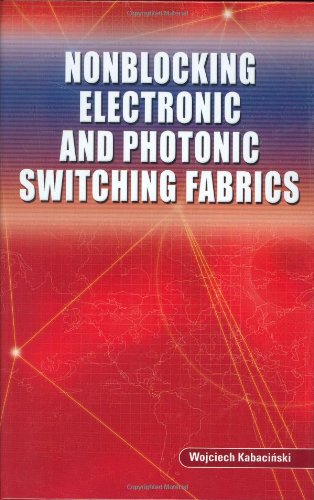
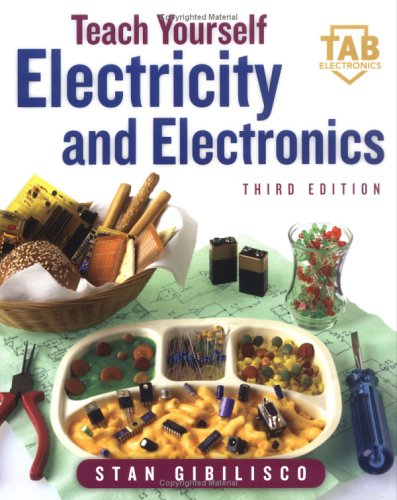
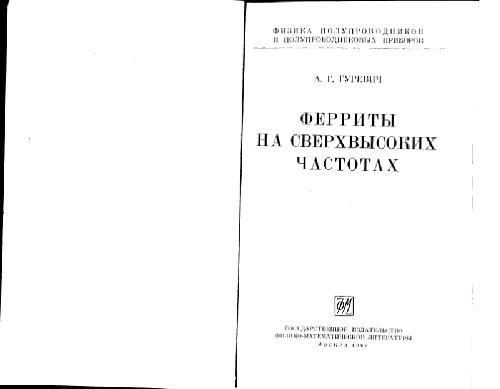
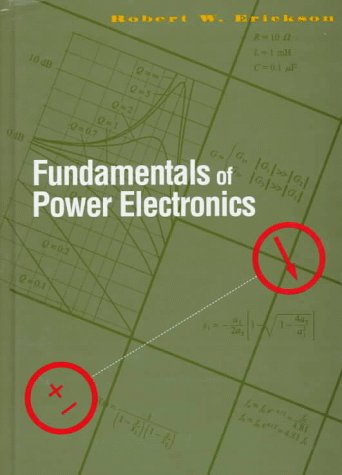
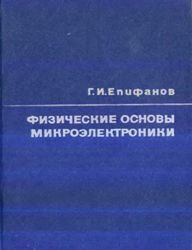
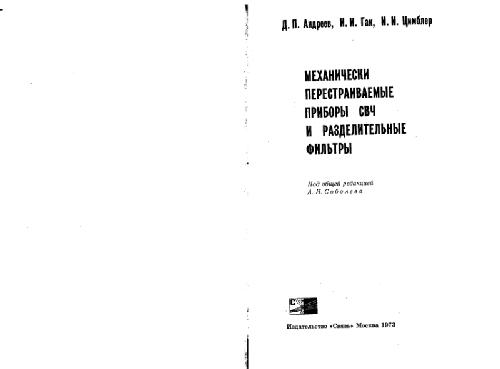
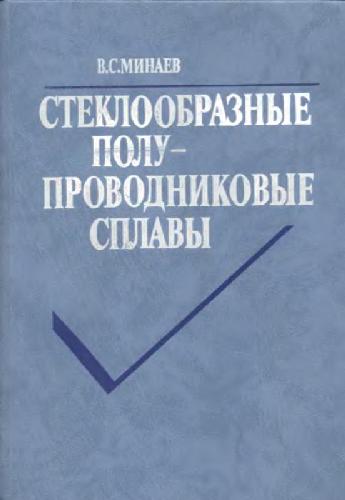
Reviews
There are no reviews yet.